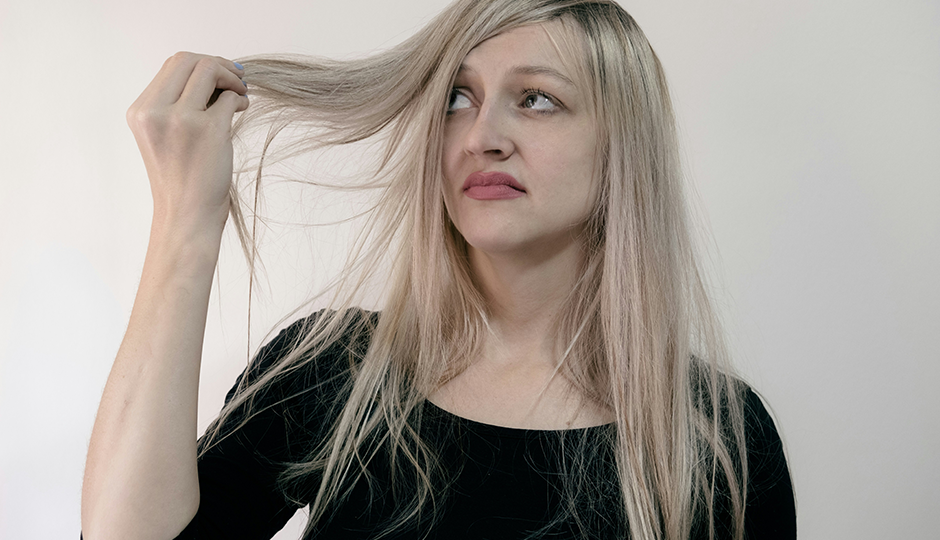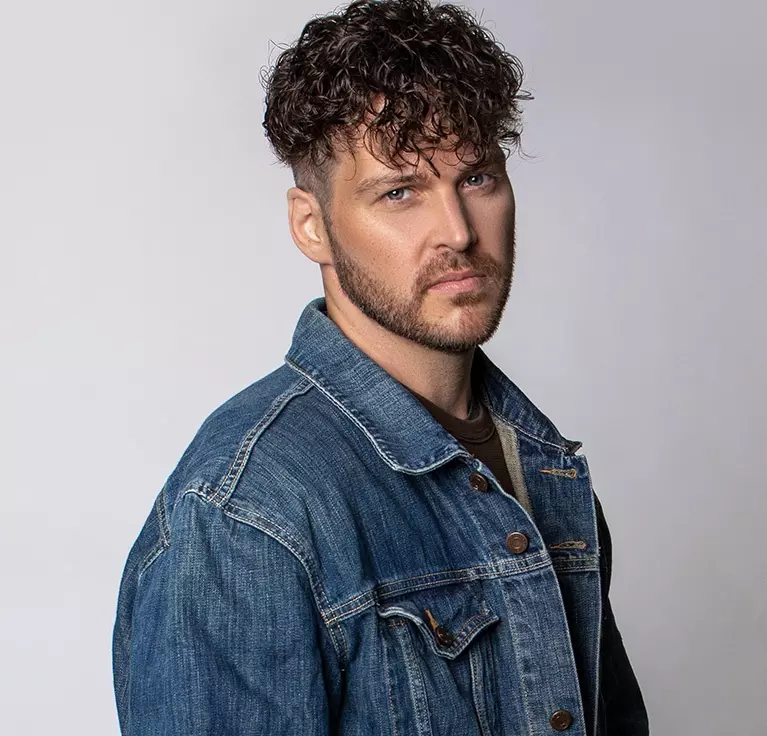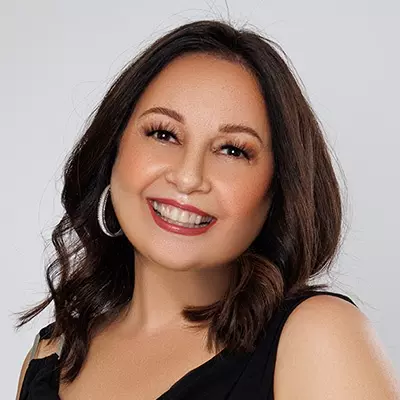Women lose hair. However, some women tend to lose their hair with greater frequency—due to a variety of factors. Some men tolerate hair loss and happily shave their scalps or simply accept their baldness—like Michael Jordan. However, women who experience thinning hair can feel extremely self-conscious about thinning hair—especially if it becomes noticeable. It's a totally natural feeling.
Fortunately, there are several options available to women who are experiencing thinning hair—or are losing their hair and want to reestablish natural hair growth.
But first, let's take a look at the causes of thinning hair. Many women find these causes somewhat surprising. Women lose 50 to 100 hairs every day. Most women naturally replace this hair. However, if the body is not replacing this hair, there could be several possible causes.
One common cause is Telogen Effluvium which can occur after childbirth or during periods of extreme stress; certain medications can cause this condition, including antidepressants. In some families, hair loss is hereditary; in women, this can be the most common cause of hair loss. Another common cause is Hypothyroidism—which can lead to a hormonal imbalance; Hypothyroidism can often affect women over 50.
Lupus is a chronic autoimmune disease. The body's immune system attacks healthy tissues and can lead to hair loss. Other factors that lead to hair loss can include iron deficiency, anemia, seborrheic dermatitis, folliculitis decalvins (requires antibiotics) ,Alopecia areata, Tricotillamania (hair pulling) or polycystic ovarian syndrome; the latter affects approximately 5 million women in the United States alone and can lead to serious hair thinning.
How to stop hair loss. For many women, the first step in the battle against hair loss should be a visit to a physician for blood work and a full check up. It can be a good idea to visit a physician who specializes in hair loss because other physicians may not fully understand what it means to a woman to lose her hair. If the condition is serious, requires medication, or is chronic then accurate diagnosis is vital. Oral medications may be prescribed or changed depending on test results. It's also important to note that women can experience hair loss in all parts of the body where hair grows.
Thankfully, women can confidently (and confidentially) embrace hair loss treatment—and the latest techniques and technologies used to regrow hair. It's important for women to visit a hair restoration environment that includes a female staff, is private (with individual diagnosis rooms), and has extensive experience successfully treating female hair loss.
Hair replacement options for women who would like to be proactive about hair loss in a professional environment have a variety of options.
These hair replacement Merrillville and hair replacement northwest Indiana options include:
Hair transplant surgery. The latest state-of-the-art techniques make this a painless way to restore a natural hairline and a full head of hair. For woman with minimal thinning one procedure is usually the answer, with full hair regrowth at 9-12 months. Women with visible thinning to balding on the scalp may require multiple procedures depending on the density that is trying to be achieved. Specialty procedures include eyelash and eyebrow transplantation. Surgery takes place in one day and full results take place in approximately three months.
Hair integration systems. These have proven successful for women who are looking for help with isolated areas of the scalp or more comprehensive help. The systems mean the patient can use their existing hair as part of the solution.
Laser light therapy. Becoming a more widely accepted solution is Low Level Laser Light Therapy (LLLT). This stimulates capillary blood flow in the area of the skin which includes hair follicles. LLLT goes beyond the 7 layers of the skin—farther than topical products. The Laser helps to infuse energy into the cells of the hair follicles, stimulating activity within the cells. LLLT has been around since the sixties, but in the last 10 years has been made more widely available to the public for hair loss treatments in clinic or with home devises***. This procedure was FDA approved for female hair loss. It helps to reverse the miniaturization of hair back. When hair starts to weaken it shrinks in diameter and length, giving the scalp a thinning hair appearance. At a hair loss specialist, a tool called a proscope can magnify the hair to access whether hair has miniaturized down to a catagen or telogen state or whether there are simply wide spaces between existing hair. Not all woman are candidates for LLLT. If the proscope shows no hair miniaturization—just gaps—then LLLT may not be an affective solution.
***Home LLLT devices are very misunderstood. For LLLT treatment to be effective, a laser diode is necessary. Unfortunately LED lights are often in the LLLT home devices to make the devise less expensive to the consumer. LED lights are not laser diodes. LED lights do not penetrate to the hair follicle. LED lights are widely used to help heal skin not help with hair loss. For the most effective LLLT plan visit a hair loss professional to help you with a plan that works for hair loss. LLLT is not just about the device—it's about using the technology in the right way and length of time.
Topical products. There are numerous products available on the market. However, it's important for women who are experiencing hair loss to select, with the help of a hair loss specialist (not your hair stylist), the right topical hair product. The process should begin with a thorough examination by a hair loss specialist (someone who only works with patients with hair loss) of the scalp using the latest tools including a proscope and derma analyzer.
Drug therapy. The only FDA-approved hair loss medication for women is Rogaine (minoxidil) which is a topical treatment to be used two times a day. Although it's available without a prescription, it's important to consult with an expert before using the product.
If you've been suffering from hair loss and you're looking to regrow hair, all of the above treatments are available at Mane Image. Contact Mane Image Hair Replacement Center here for additional information.











